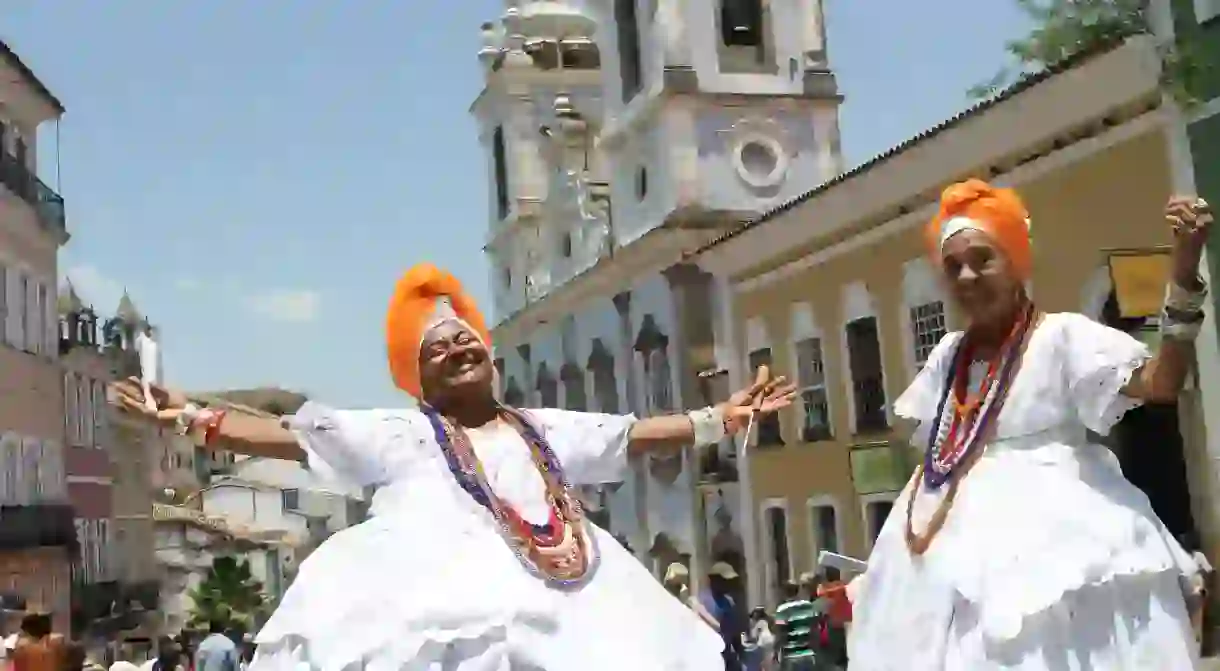The Coolest Districts in Salvador

Salvador is a buzzy and diverse city with proud African and Brazilian heritage. Its best neighborhoods are hotbeds of cool restaurants, laid-back botecos, interesting art spaces and, of course, bounteous beaches. A cool breeze blows in from the miles of yellow-sand beach that border the city, taking the edge off the sultry air and making it perfect for long, summery, music-filled nights. More modern, high-rise filled suburbs exist, but it’s the old city that is full of character. To make the most of super-cool Salvador, get in gear and go and explore these three districts.
Pelourinho

Barra

Rio Vermelho
Almost on the water’s edge and made up of a wiggly grid of promenades, alleyways and rising residential streets, Rio Vermelho is Salvador’s bohemian and arty district. From the ’60s it was home to Brazil’s most beloved novelist, Jorge Amado, and his house is now open to visitors. On the street, as the sun drops ahead of the sweltering Salvador evenings, fold-up tables fill Largo do Dinha and the other surrounding squares. Bands strike up and street vendors selling acarajé, a local black bean and prawn fritter, battle to feed the long queues. In the newly renovated Mercado do Peixe, 11 restaurants have opened. The homely Casa de Tereza continues to hold its reputation for innovative Bahian food, while La Taperia has moreish Spanish tapas covered. Botequim São Jorge, Plural Com Você and any place where the samba drifts out the door will lure you to your feet. Commons Studio Bar is a must until the early hours.














